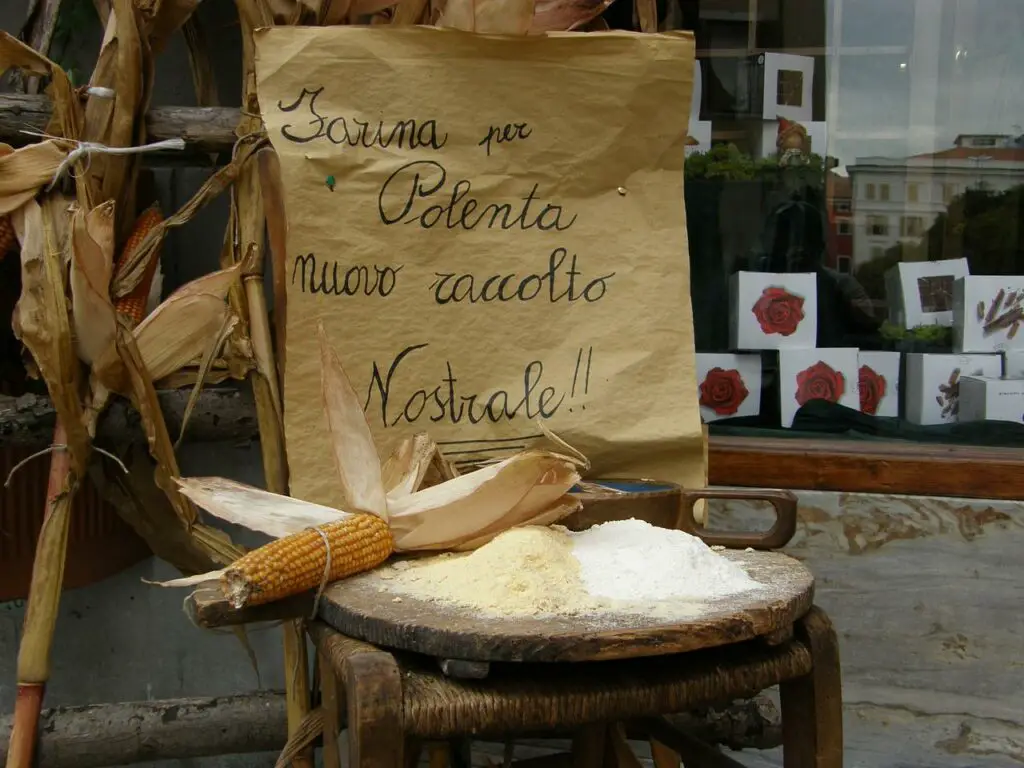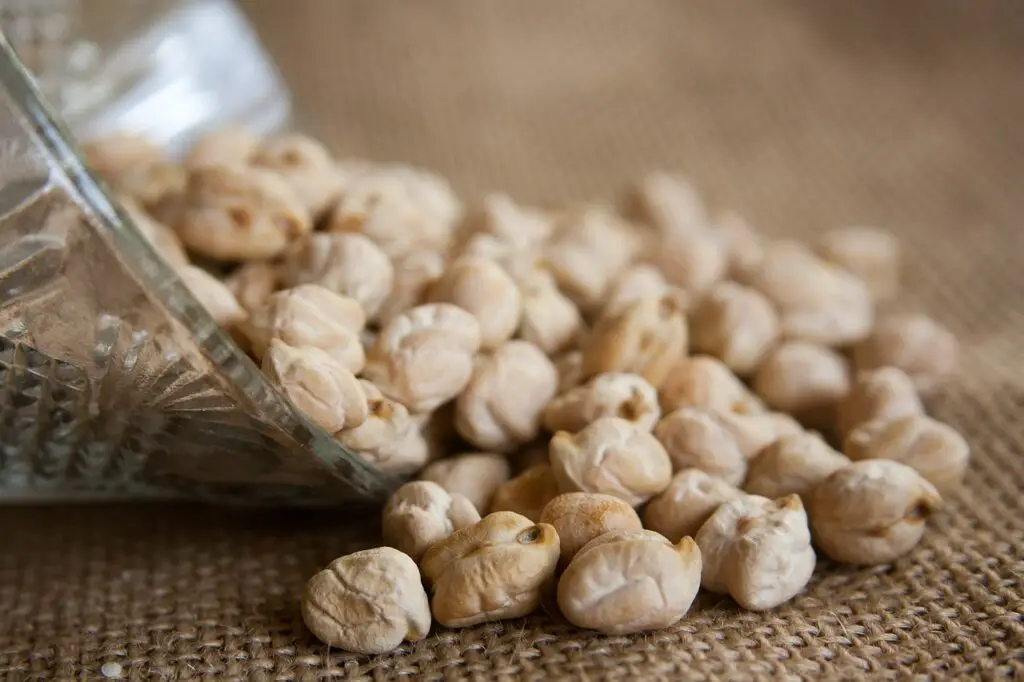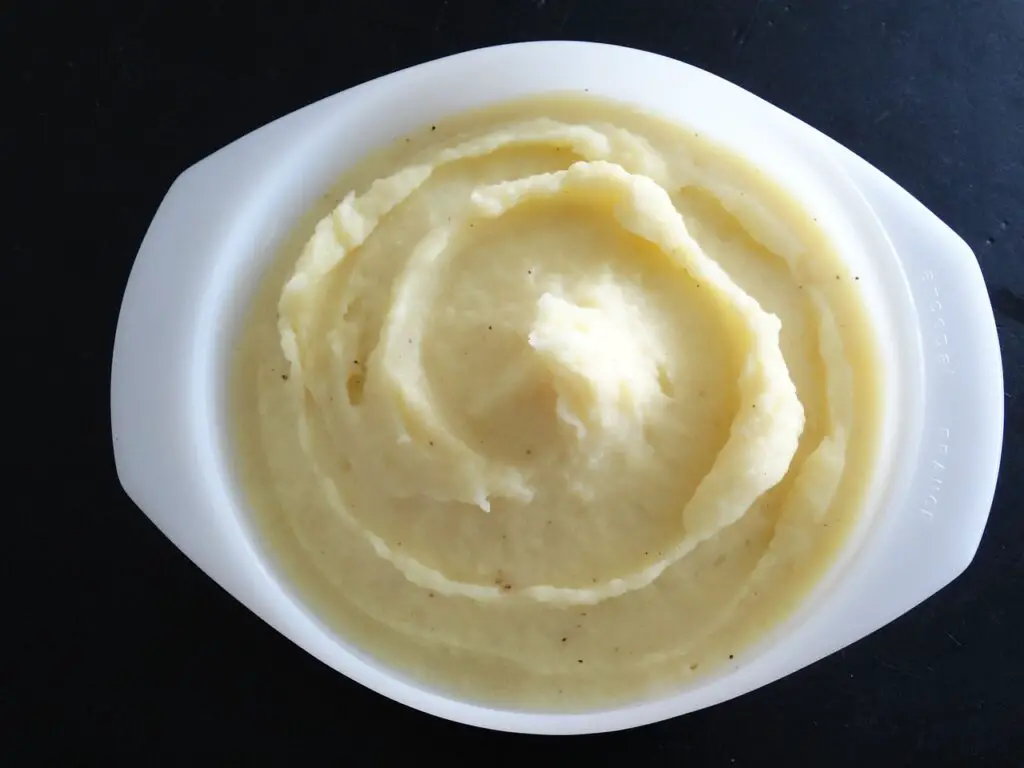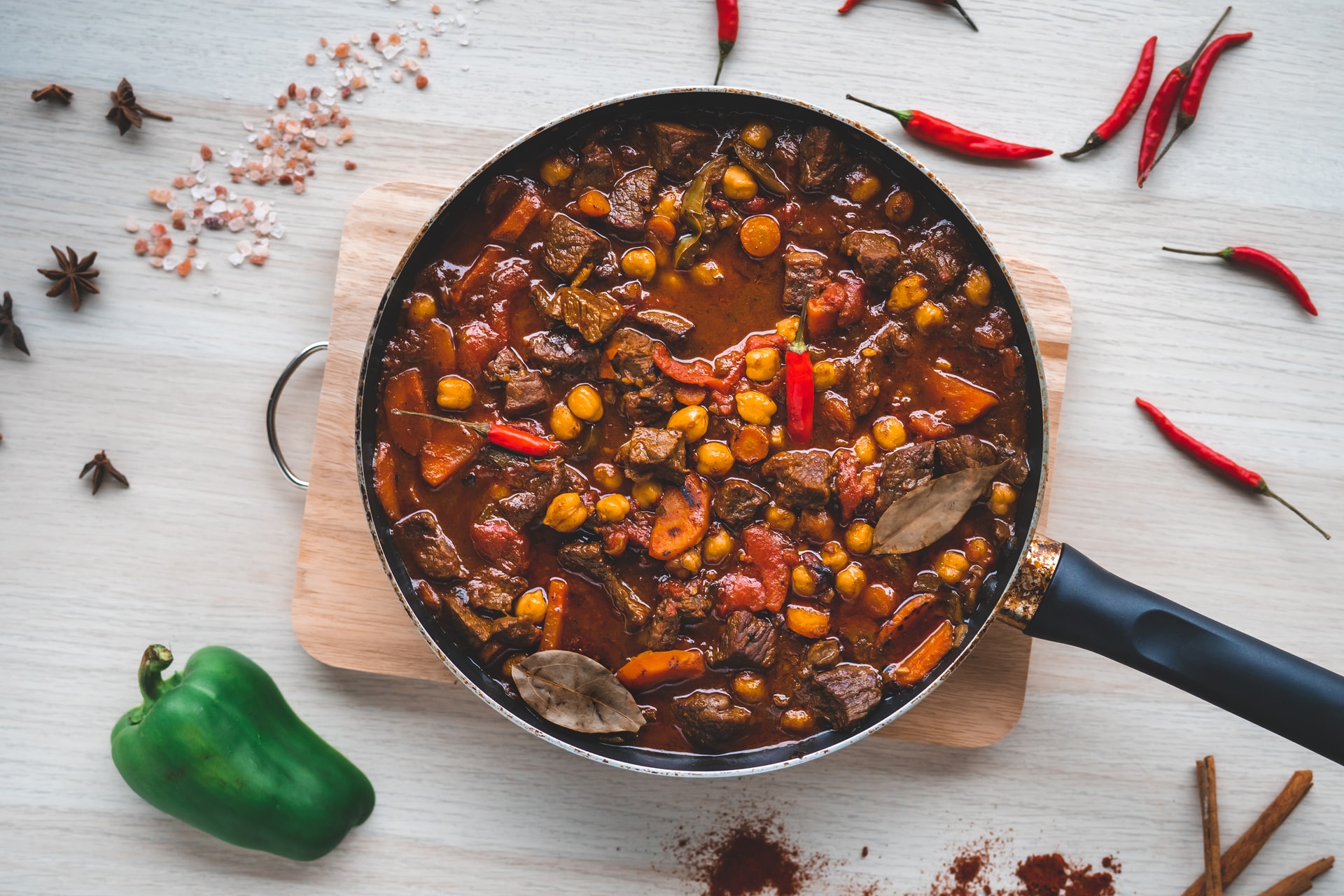
12 Easy Ways to Make Thicken Stew that You Need to Try
Thickening stews can be a little tricky – but don’t worry, we’re here to help. There are a few different ways to thicken stews, and each one has its own unique flavor and texture. We’ll walk you through each of them so you can choose the best one for your dish.
Once you’ve mastered the art of thickening stews, worrying about consistency will be a thing of the past. We find that flavor is a priority numero uno in terms of importance. If you find the consistency to be a little off, it’s nothing a few thickeners can’t fix.
Below you’ll find a mix of gluten and gluten-free thickening agents to help balance your stew to your liking. We’ve included a list of 12 techniques to make sure that no matter what, you have the necessary tools to make your stew to your exact specifications.
Keep in Mind
Keep in mind, a lot of these thickening agents can clump together when thrown into a hot liquid. You’ll find that some require mixing with cold water before they’re added to the stew.
To be direct, please make sure and read each section carefully. These long-chain thickeners can work wonders for your stew but are used improperly, and they can have the complete opposite effect.
Simple Thickeners
White Flour

By far the easiest and quickest method to thicken a stew is by adding white flour. It’s relatively tasteless and the consistency is fine enough to dissolve almost instantaneously. With that said, flour tends to form a gel when exposed to high-temperature water.
To avoid this, mix a tablespoon of white flour with a little bit of cold water. Stir and let it dissolve. Then slowly add the mixture to the stew while simultaneously stirring.
Butter/Flour Mixture
An equal proportion butter-and-flour mixture is known as Beurre Manie. It is the perfect addition to stews and soups to help thicken the consistency while adding a bit of fat for flavor.
The process is very simple. Take 2 tablespoons of soft butter and 2 tablespoons of flour and kneed them together (using your hand or a kitchen utensil). Once the clump is somewhat uniform, throw it into your stew and mix until equally distributed.
Test the consistency and repeat if needed.
Simmer (reduce the sauce)
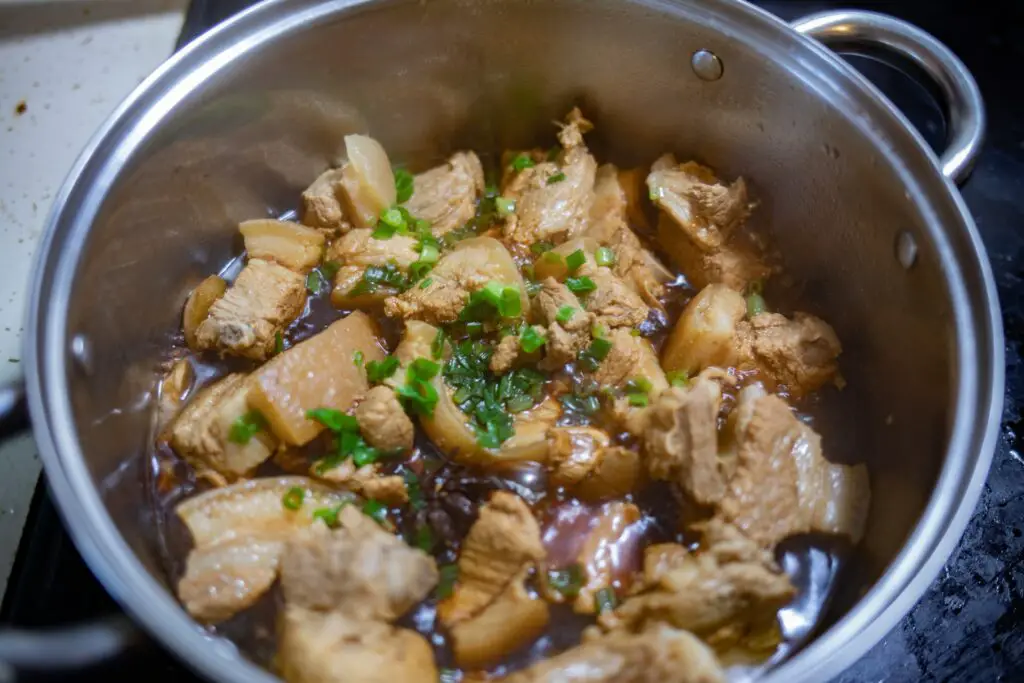
Simmering is always an easy fix if you don’t have a thickening agent on hand. It’s also great if you don’t want to add any more calories or fat to the dish.
To avoid overcooking the meat or vegetables, remove as much of the solids as possible from the liquid. Lightly simmer your sauce and bring it to a slow boil. Allow the water to evaporate and concentrate the sauce. Once it’s just before your desired consistency, turn off the burner. Once the liquid has stopped boiling, add your solids back.
Bread Crumbs
Bread crumbs are an ingredient we highly recommend always having on hand. They’re extremely useful and when used properly, can bring a dish back from the dead. Make sure and choose the unsalted, unspiced bread crumbs so you don’t over-spice the stew.
Slowly add the bread crumbs into your stew while continually stirring. Add a pinch at a time and repeat until you’ve reached your desired texture.
Gluten Free
Cornflour
This is the best gluten-free alternative to flour. It’s also one of the most effective thickening agents. Simply combine 1 part cornflour with 2 parts water. Stir until it forms a paste and adds it to your stew. Some people prefer cornmeal (or cornmeal alternatives) but we’ve found that it takes too long to dissolve and can lead to a grainy consistency. Keep in mind, this will contribute an earthy, corn flavor to the dish.
Chickpea Flour
Thankfully, chickpea flour doesn’t clump as white flour does, and so can be tossed in right with the stew. Mix in a tablespoon at a time and add to your liking.
Keep in mind, adding a lot of chickpea flour can overpower some of the more subtle ingredients of your stew. Therefore, add conservatively.
Tapioca Flour
Tapioca flour pretty much tastes like nothing, so it is the perfect gluten-free, non-flavour-adding addition that can thicken your stew. Keep in mind, tapioca flour clumps pretty readily in hot water.
To avoid clumping, add a tablespoon to a little cold water and mix thoroughly. Mix in with the stew near the end of the cook and add to your liking.
Arrowroot Powder
Similar to tapioca flour, arrowroot powder is tasteless and helps to add texture to your stew. Mix 1 part arrowroot powder with 2 parts of lukewarm water before adding it to the stew.
Add gradually and mix until desired thickness is achieved.
Cooking with a Crock Pot/Slow Cooker
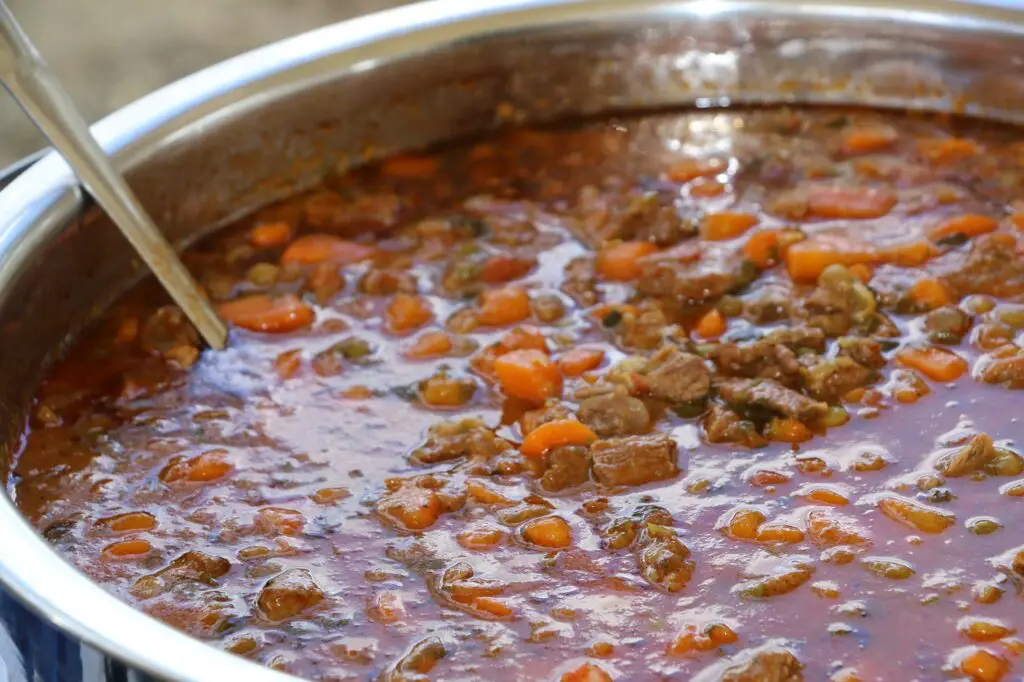
The slow cooker doesn’t get hot enough to evaporate the liquid, so what should I do? Actually, contrary to popular belief, slow cookers absolutely get hot enough to reduce liquid. They just do it a little slower.
If you find your stew to be a little too watery, take the lid off an hour before the cook is finished. If it’s very watery, you can even take the lid off a few hours before the stew is completed. That way the steam evaporates into the air instead of condensing on the lid and falling back into the stew.
For fear of overcooking the solids in your stew, you can extract them and temporarily set them aside.
Creative Options
Pureeing the vegetables
What a brilliant idea, right? Take components already incorporated in your stew and blend them to make a thicker consistency. Gotta love the versatility of the kitchen.
Take a small portion of your vegetables and broth and put it in the blender/food processor. Blend until uniform and add it back to your stew. Get a feel for how much vegetable puree you’ll need in order to get the consistency where you want it.
If you catch it early, you can add more veggies to replace the proportion you took out to make the puree.
Add Instant Mashed Potatoes
Well, if you thought mashed potatoes couldn’t possibly save the day again, you were wrong. Potatoes are the ultimate long-chain starch, perfect for soaking up water.
Add 1/8 cup of instant mashed potatoes to your stew. Stir thoroughly and let it cook until the potatoes are fully incorporated. Chances are, you’re probably going to need to add more but we always like to start small.
Add Rice
Another starch that goes seamlessly with stew. Rice is a fantastic thickener for soups as long as there is sufficient time left in the cook. Raw rice will take at least 30 minutes to gelatinize and release some of its highly coveted starch.
Any rice will do but Persian rice seems to be the house favorite.
Conclusion
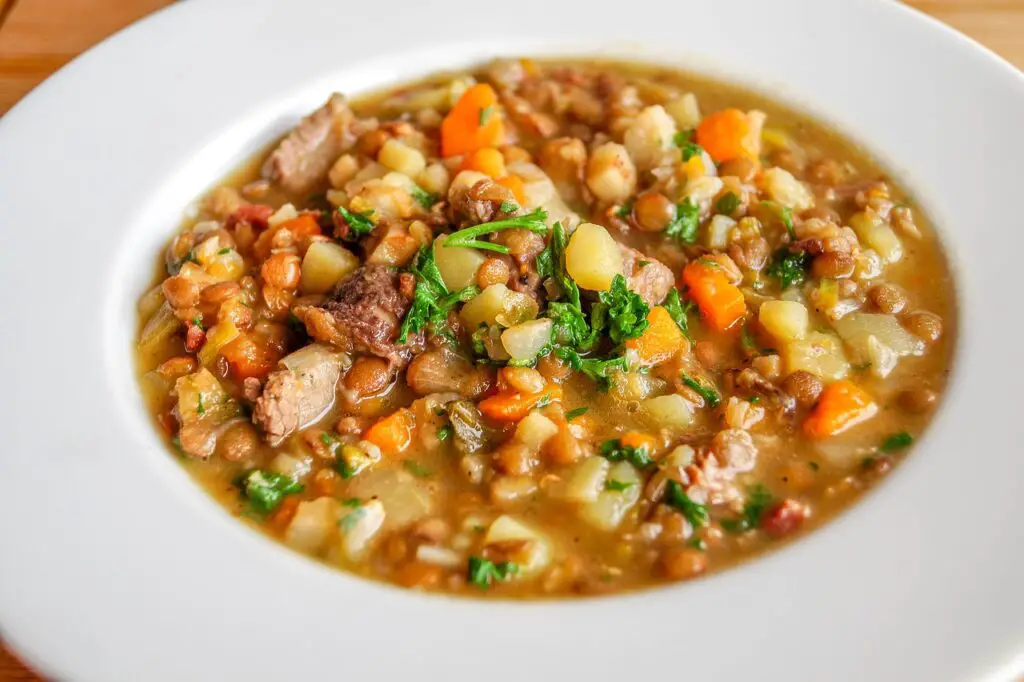
The moral of the story is, there are plenty of ways to thicken your stew. If you’re looking for a little more flavor in your life (or just some extra sustenance), we’ve got you covered. But if all you need is a way to make your stew thicker, well, that’s easy enough too. Just pick one of our tried and true techniques and get cooking!
Keep in mind, this isn’t a comprehensive list of thickeners, just a few that we’ve found practical and useful. If you have any questions, don’t hesitate to leave a comment below.
Suggested Recipes:
Keto Soup Recipes
Breakfast Burrito Recipes
Brunch Recipes
Summer Soup Recipes
Gingerbread Recipes
Delicious Pie Recipes
Winter Soup Recipes
7 Easy & Delicious Meals That Can Be Served Under 30 Minutes
Easy Chicken Rice Meal Prep Recipes
Risotto Recipes
Plant-Based Meals
Low Carb High Protein Recipes
Vegetarian Instant Pot Recipes
If you like this article about some creative ways to thicken stew, please share this with your friends on Facebook, Twitter, and Pinterest. Also, you can subscribe to my blog to get all the latest articles first on your mobile.
SHARING IS CARING!
FACEBOOK | TWITTER | PINTEREST
Did you like this recipe and make it later at home? SAVE this pin to your favourite board on Pinterest!



